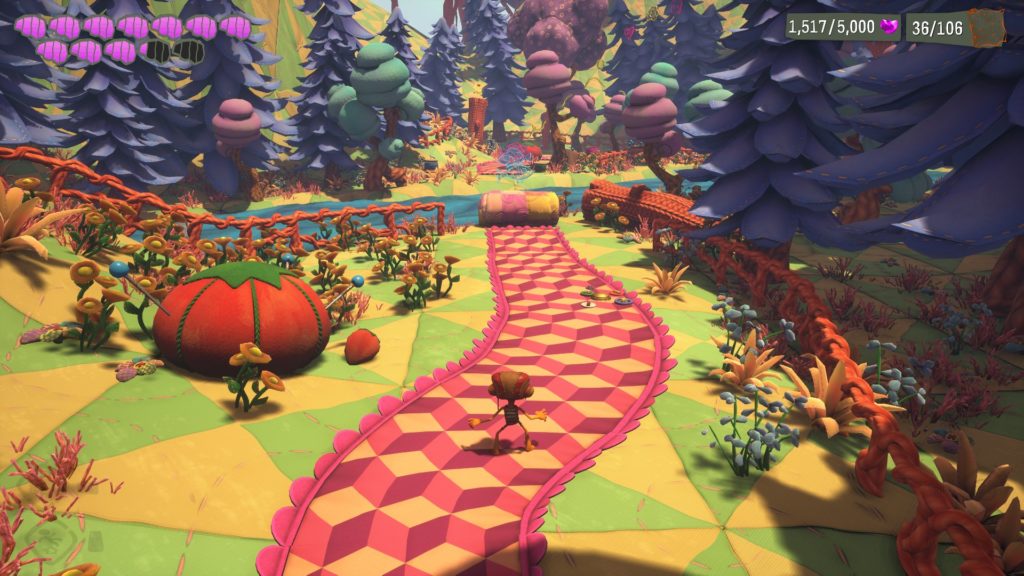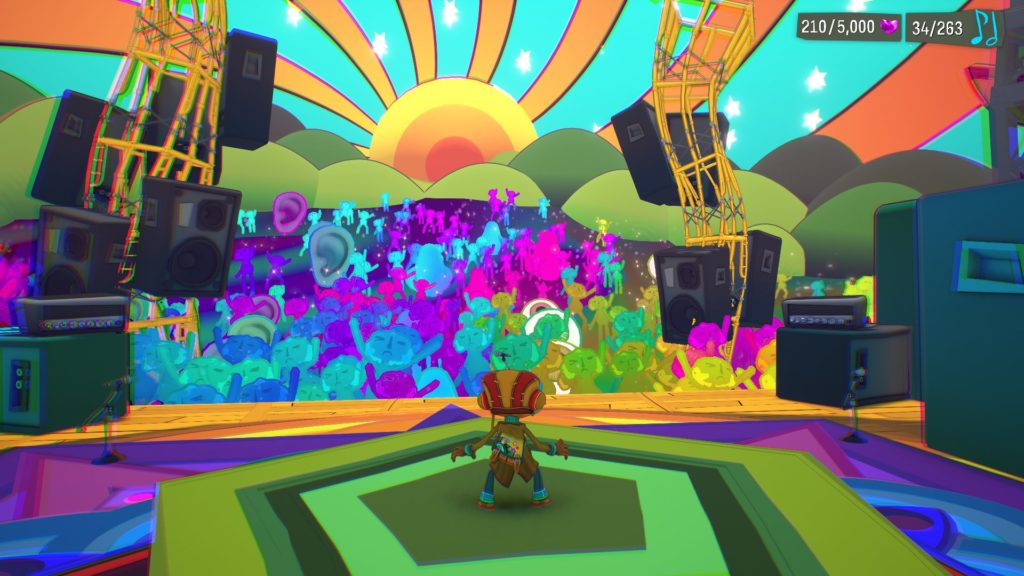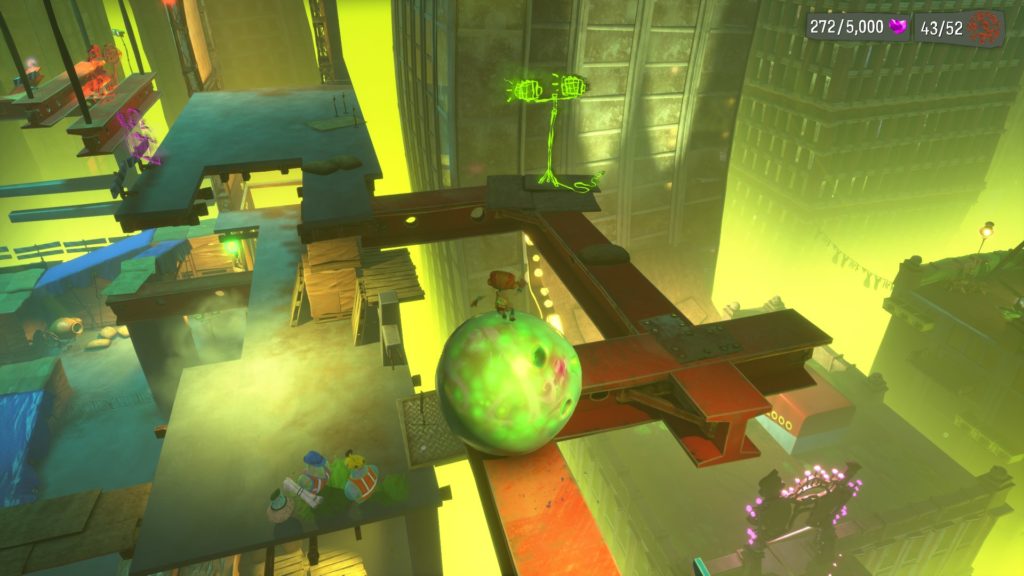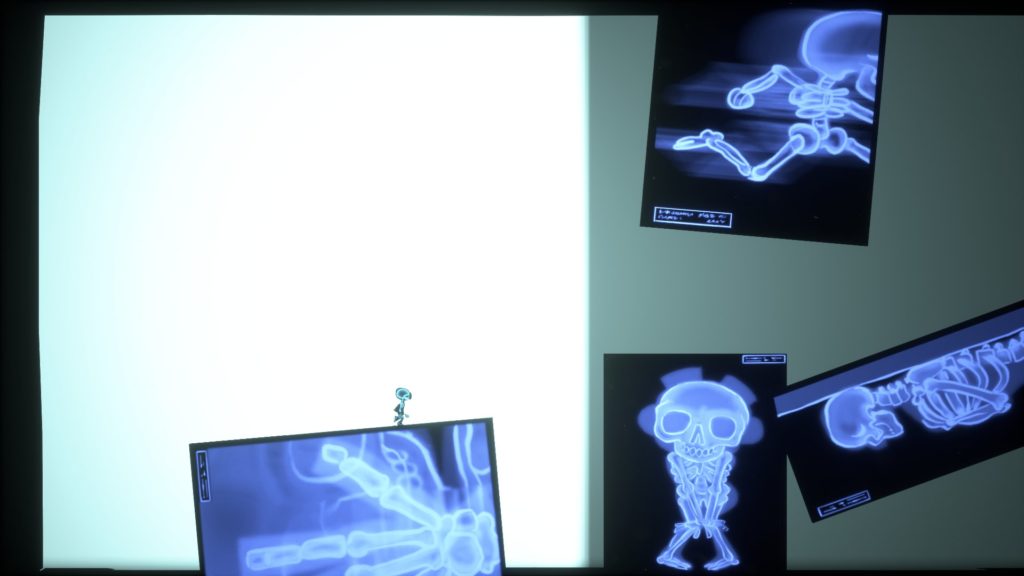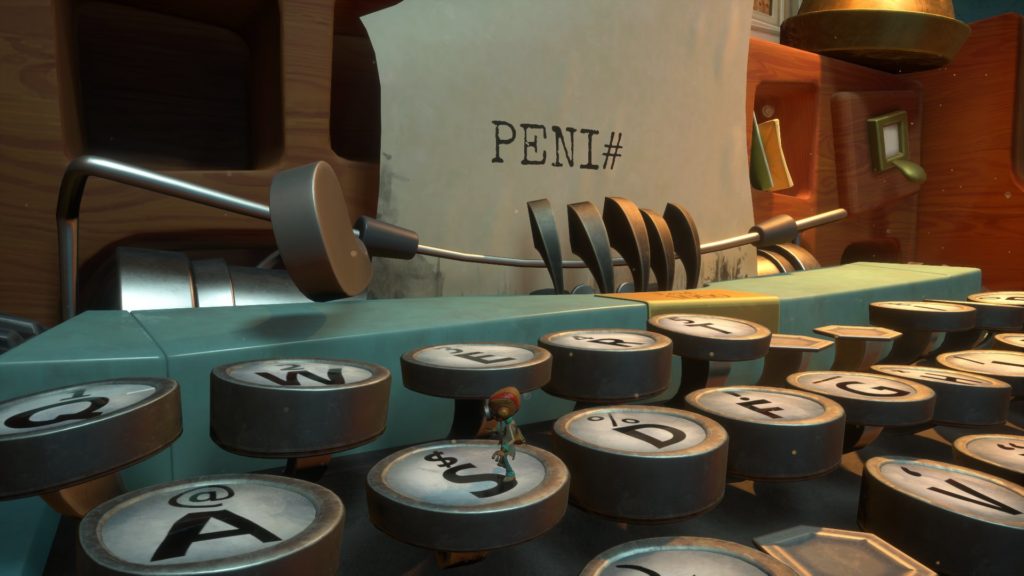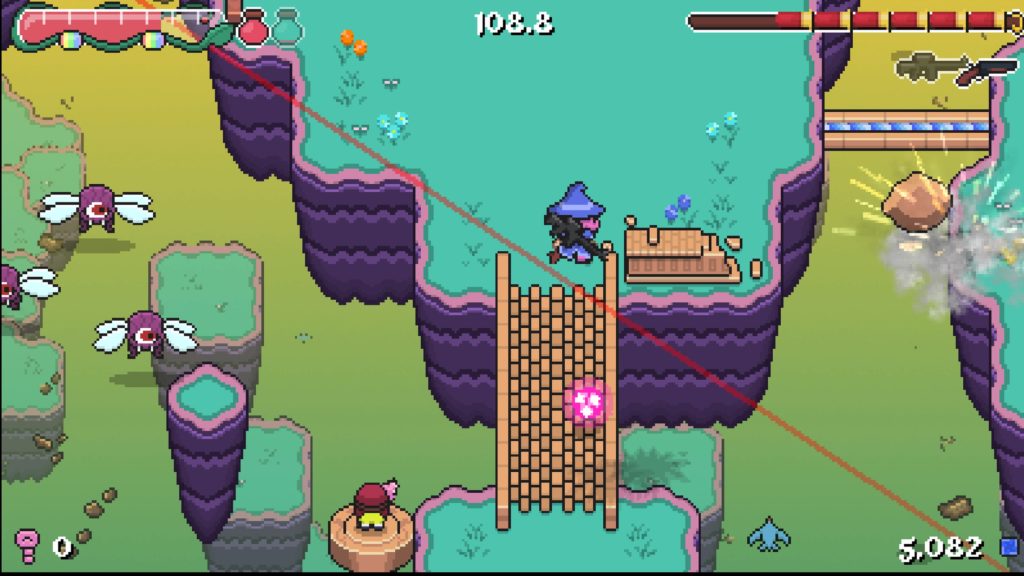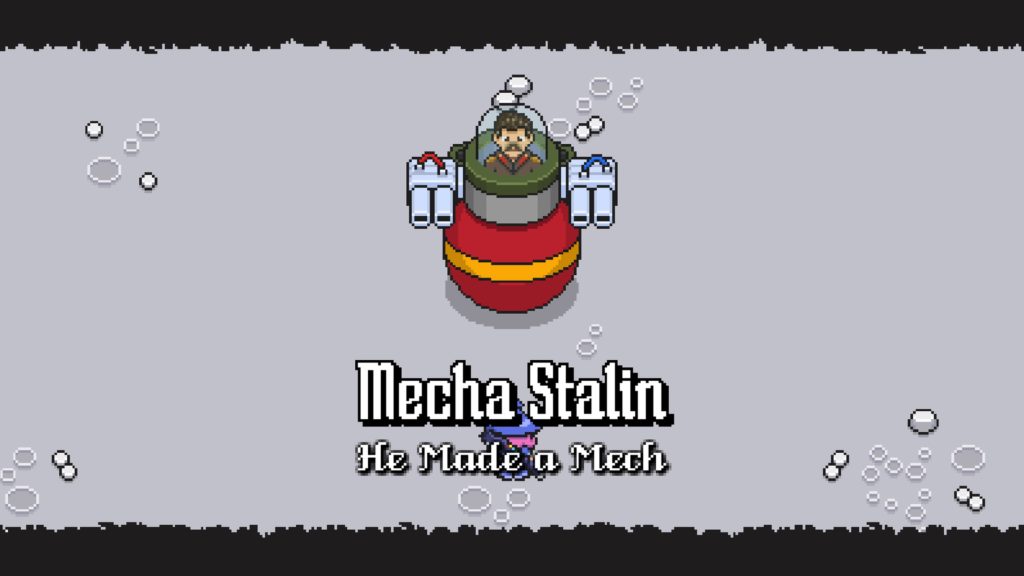- Genre: JRPG
- Platform: PS5
- Also Available On: PS4, Windows, Xbox One, Xbox Series X|S
This is a very particular type of game in that I don’t think it’s necessarily a good game, but it was a generally fun game. It doesn’t really do anything all that well. It’s generally a pretty absurd experience. But despite that, it’s never really a huge issue to play, at least until the end. However, that’s tri-Ace in a nutshell over the past few decades, so I guess I can’t really say I was that surprised.
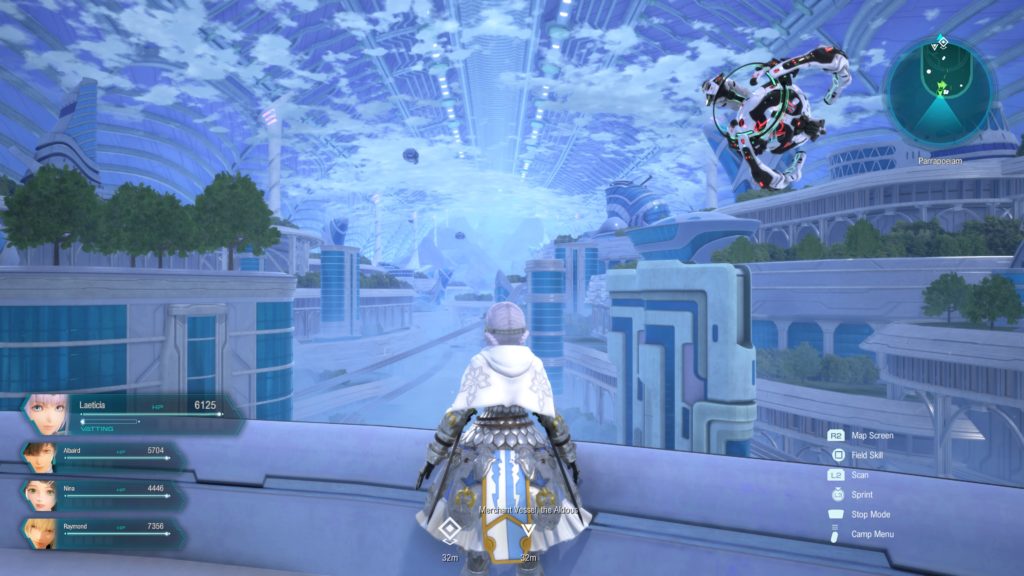
I say until the end up there because I never actually finished this game. Per my PS5 tiles, I finished at around 94%. What this ended up suffering from was really a case of “but wait, there’s more!” Not that it’s unusual for a JRPG, but this had too many false endings. I’m pretty sure I’ve killed the main baddy three times already and was lining up for another. However, I hit another surprise dungeon that involved my two least-favorite JRPG tropes – removing your party and making you re-fight bosses as unnecessarily tanky versions.
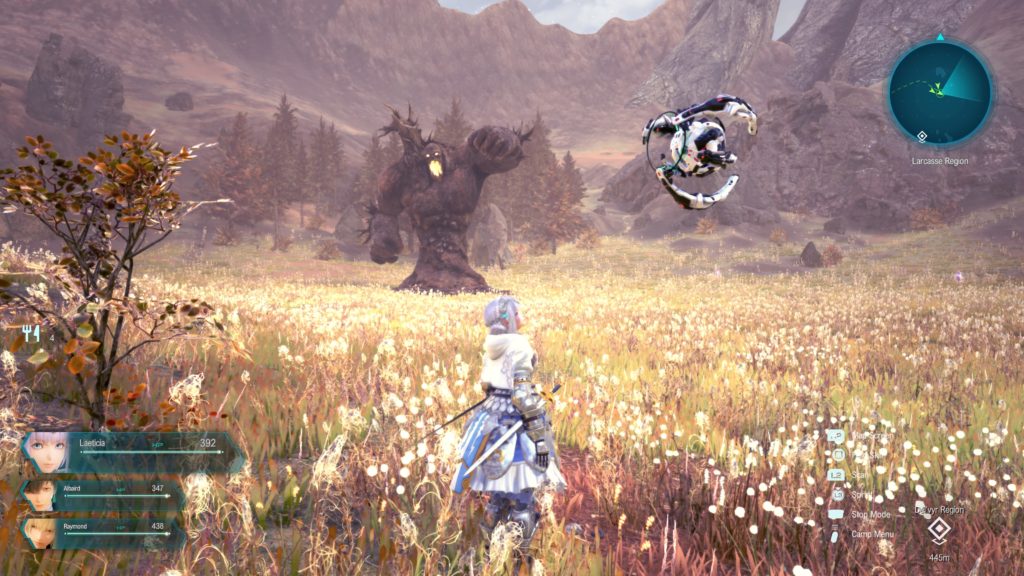
It’s one thing to do either of those, but both at once is obnoxious. After spending 30 or so hours getting a party setup I want with skills that I want, the last thing I want to do is have to figure out how to fight with a now weaker party or one with different mechanical pros and cons. What I really don’t want to do is then redo fights I’ve already done. Not harder mind you, just longer. Not more interesting, just more boring.
Of course, that gets us to where I don’t really think the game is good. One of the bosses in this section is a great example. It has a mechanic where it splits into four around a target, then attacks toward center. As the player, I can dodge out of it fairly easily, regardless of taking some damage. If you aren’t the target, you just….have to stand around waiting to avoid damage. The AI really loved just pulling a Leroy Jenkins here and getting themselves killed in super tanky refight variant. So what’s the easiest strategy? Let them die and be just me and a healer, because the healer will always stay back and I will always be targeted, and there’s nobody left to die. So in this case, bad AI with bad tendencies and lack of situational awareness just makes for a draining fight.
Outside of situations like this though, the game is fun despite the jank. Combat is extraordinarily fast in a way that even the Tales games don’t approach. Is it pretty button mashy? Sure is! Does that make it fun? Sure does! This is backed by some skill tree and skill strengthening that does enough to make sure you remember there’s a JRPG in here somewhere, while also giving you some flexibility in steering your party’s play style. Traversal is largely the same. You sprint like a fucking psychopath through an environment that is far larger than it needs to be, then you’re given the ability to fly like a super hero. Does it make any sense? Nope! Is it fun? Yup!
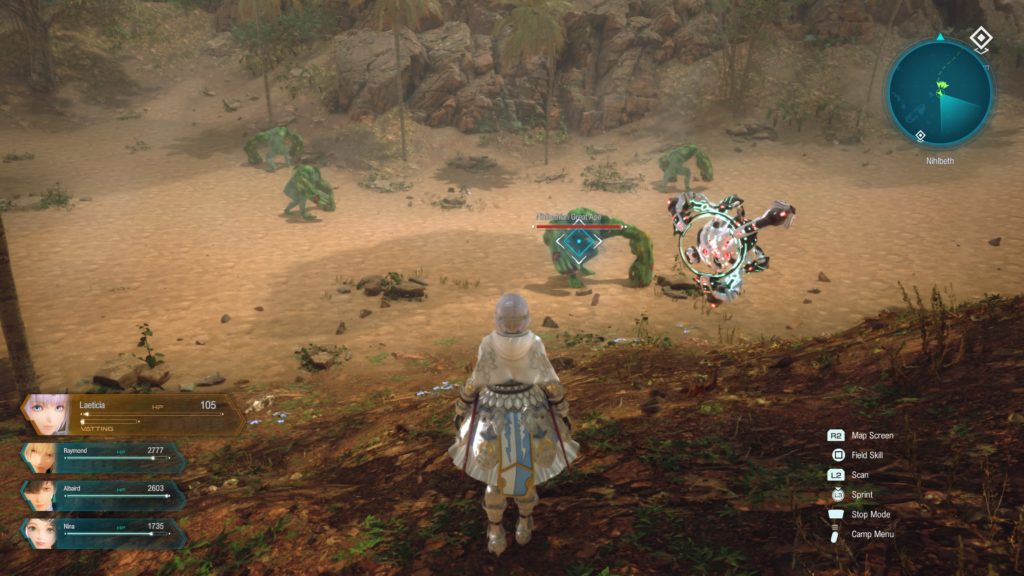
So, this game exists in a weird dichotomy. It’s not particularly good. It’s incredibly janky. It has a really bad ending sequence. But despite that all, it manages to be fun. I guess in that respect I can’t really recommend it but I don’t think it’s a bad thing that it exists. It may not be a home run, and certainly doesn’t have the life of better supported mainline Square-Enix series, but it at least gives me some hope that the series isn’t just abandoned, and within the quality bar the series usually sets it doesn’t even end up being that bad. It’s a strange one.


